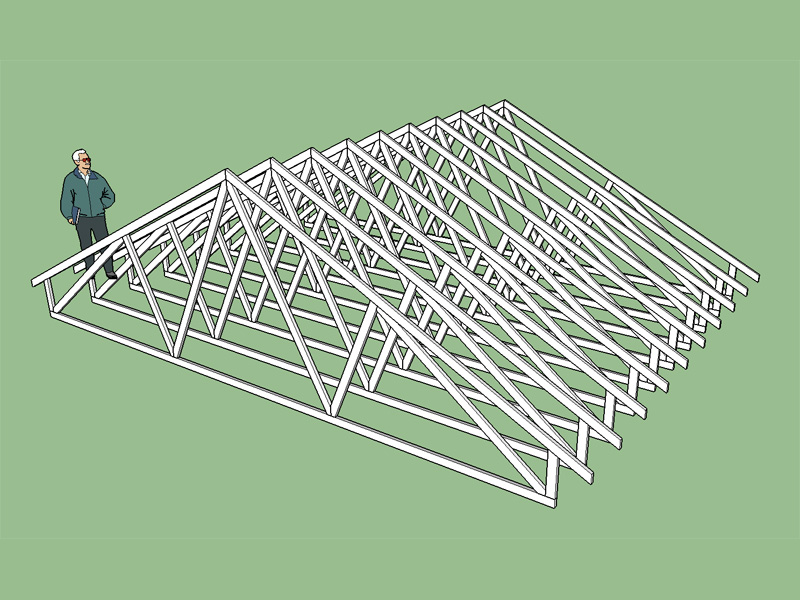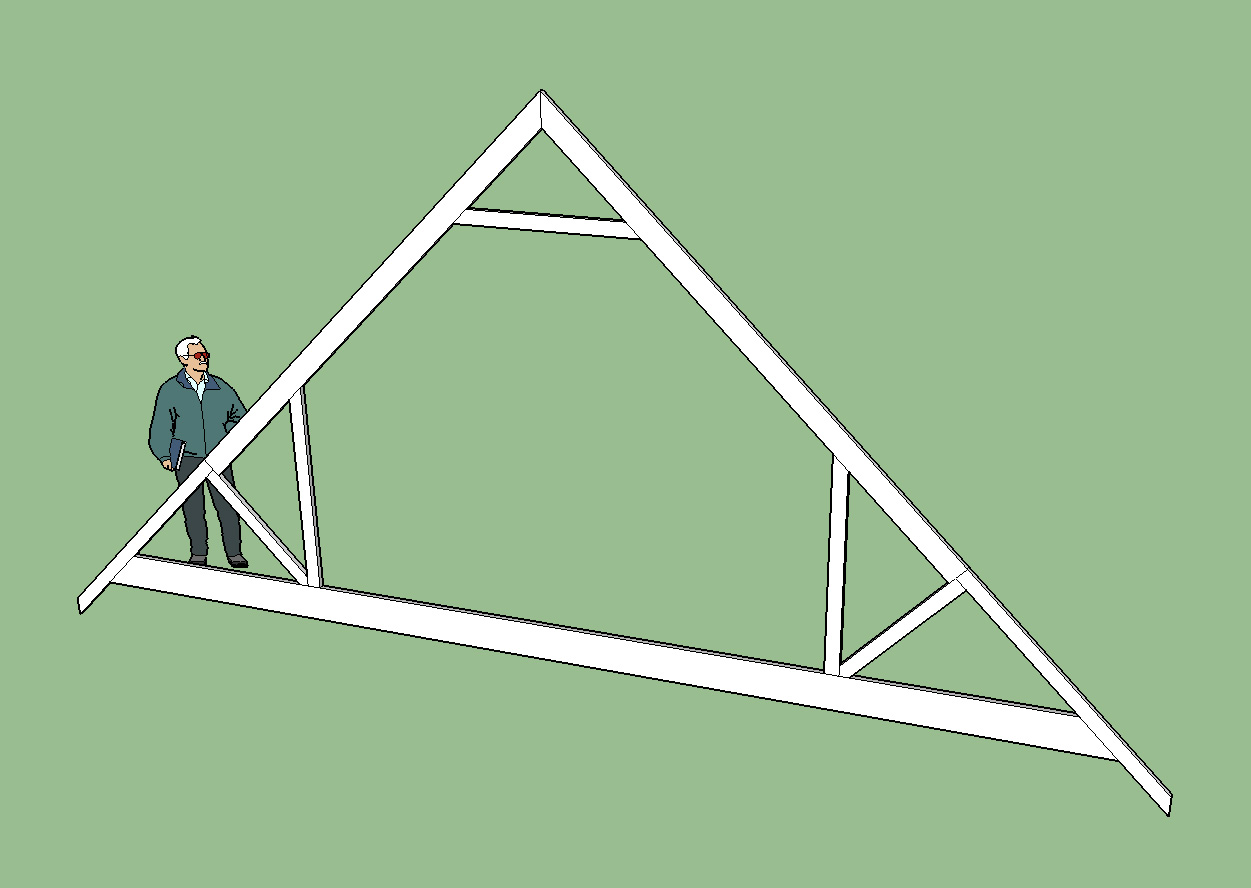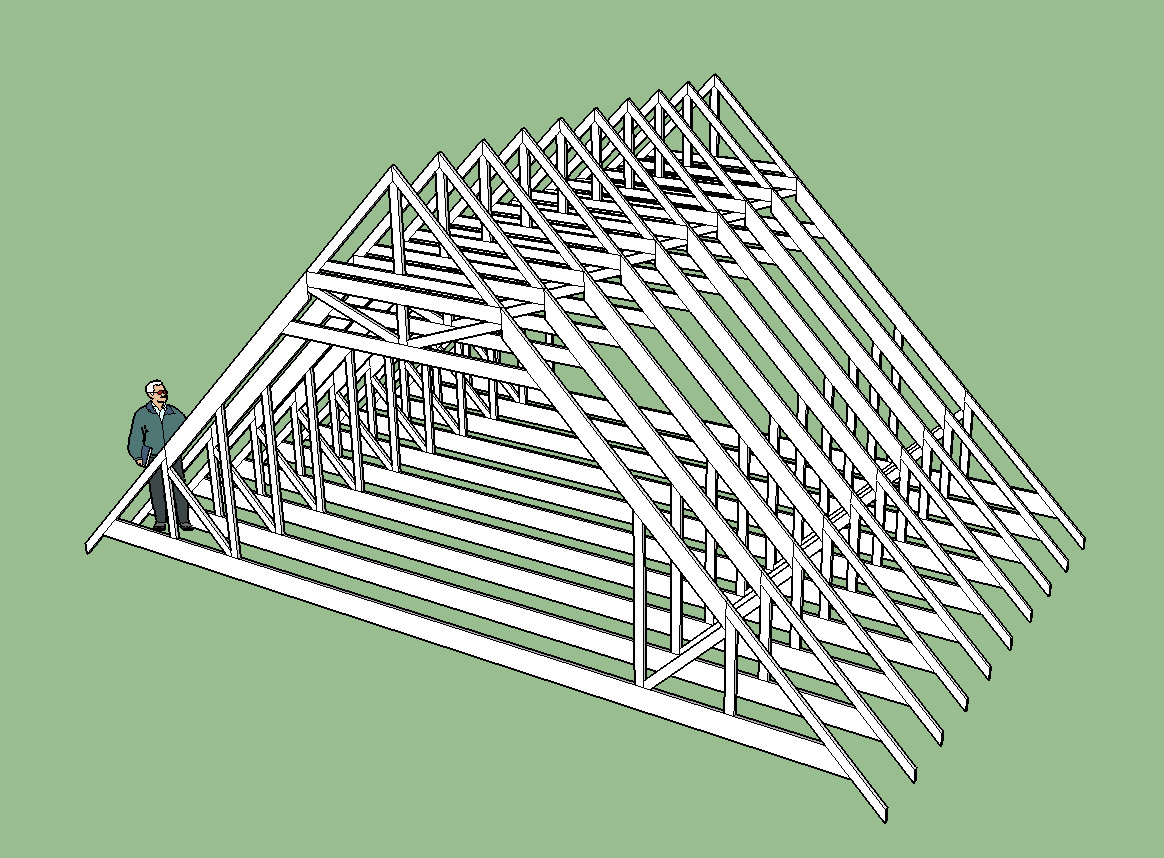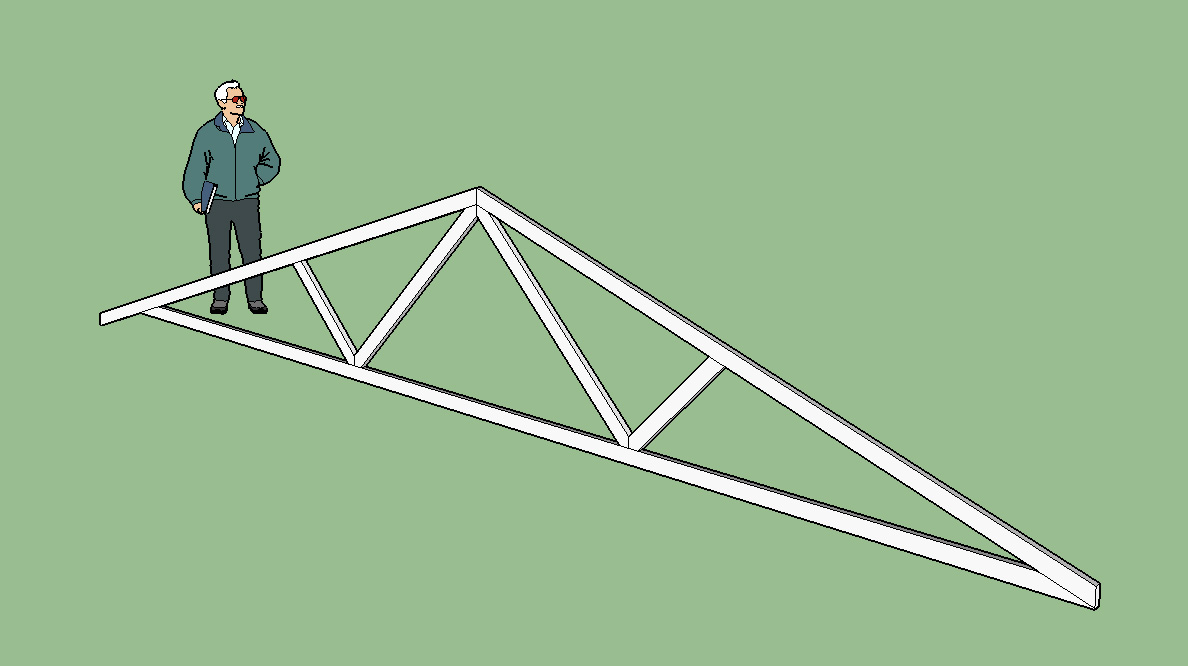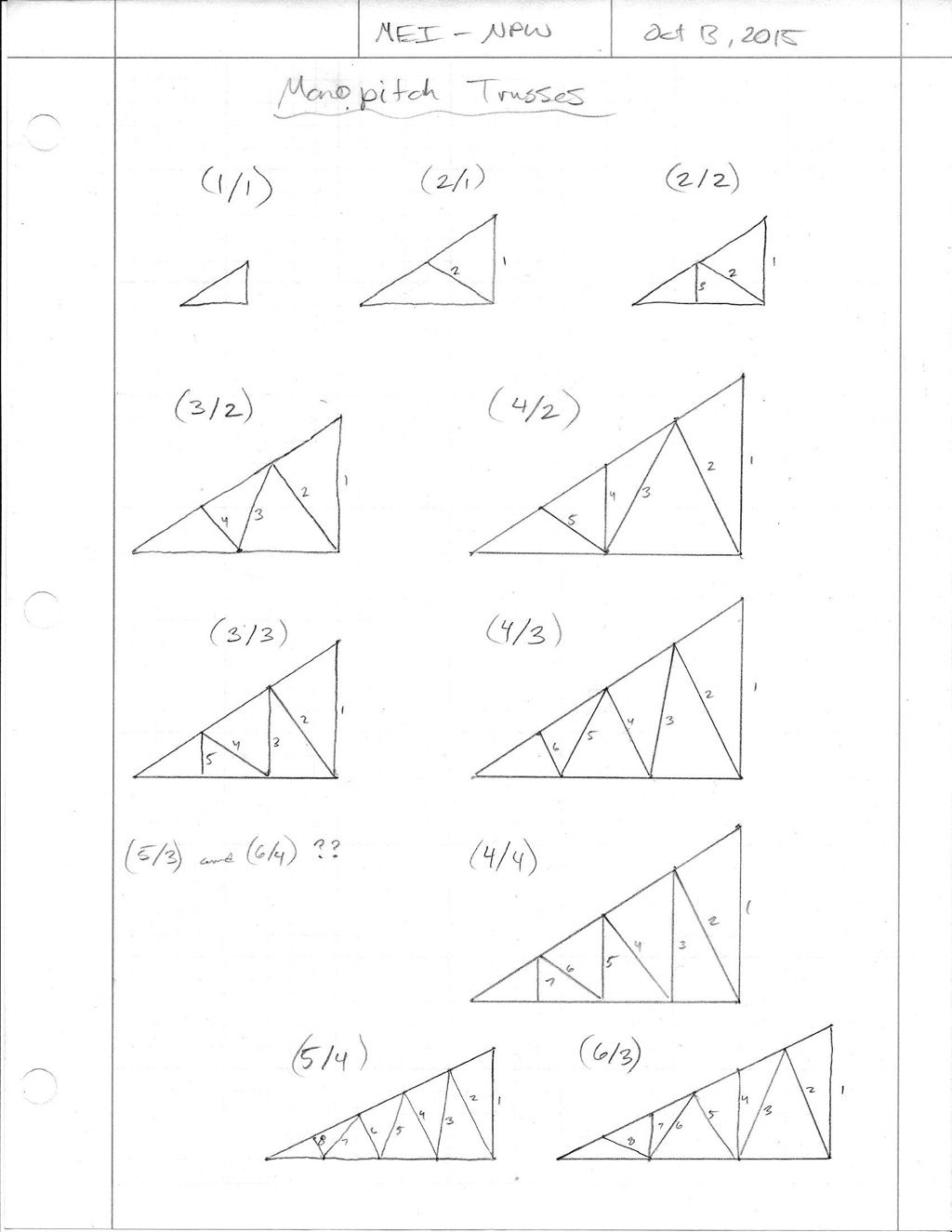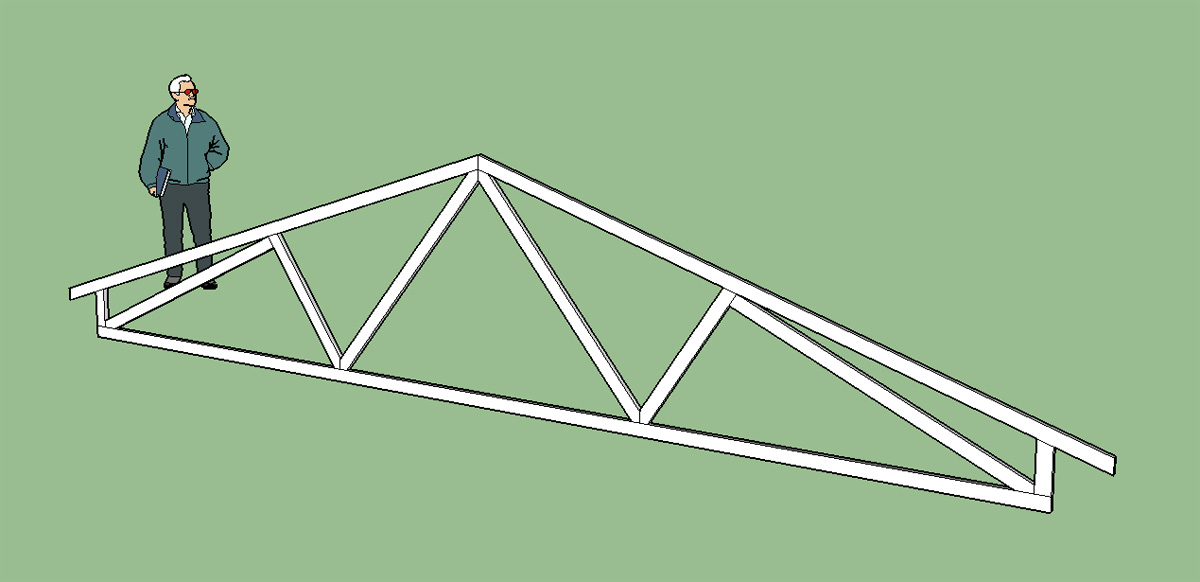I don't think a metric version would be too hard to create. It would be cool if I could somehow have a configuration file of sorts so that imperial or metric could be semi-permanent setting that can be switched within SketchUp. Not really sure how to do this within the API but I will add that to the todo list.
I'm assuming the units of interest would be millimeters, correct me if I'm wrong. I think I will also open up the pitch variable so any pitch can be chosen instead of limiting it. I would also like have it in the settings where someone can manage the default values and choose between degrees or x/12 for the pitch.
I'm not really familiar with the metric lumber sizes. Would you want the variable completely open or limited to certain metric standard sizes?
I'm assuming the units of interest would be millimeters, correct me if I'm wrong. I think I will also open up the pitch variable so any pitch can be chosen instead of limiting it. I would also like have it in the settings where someone can manage the default values and choose between degrees or x/12 for the pitch.
I'm not really familiar with the metric lumber sizes. Would you want the variable completely open or limited to certain metric standard sizes?

